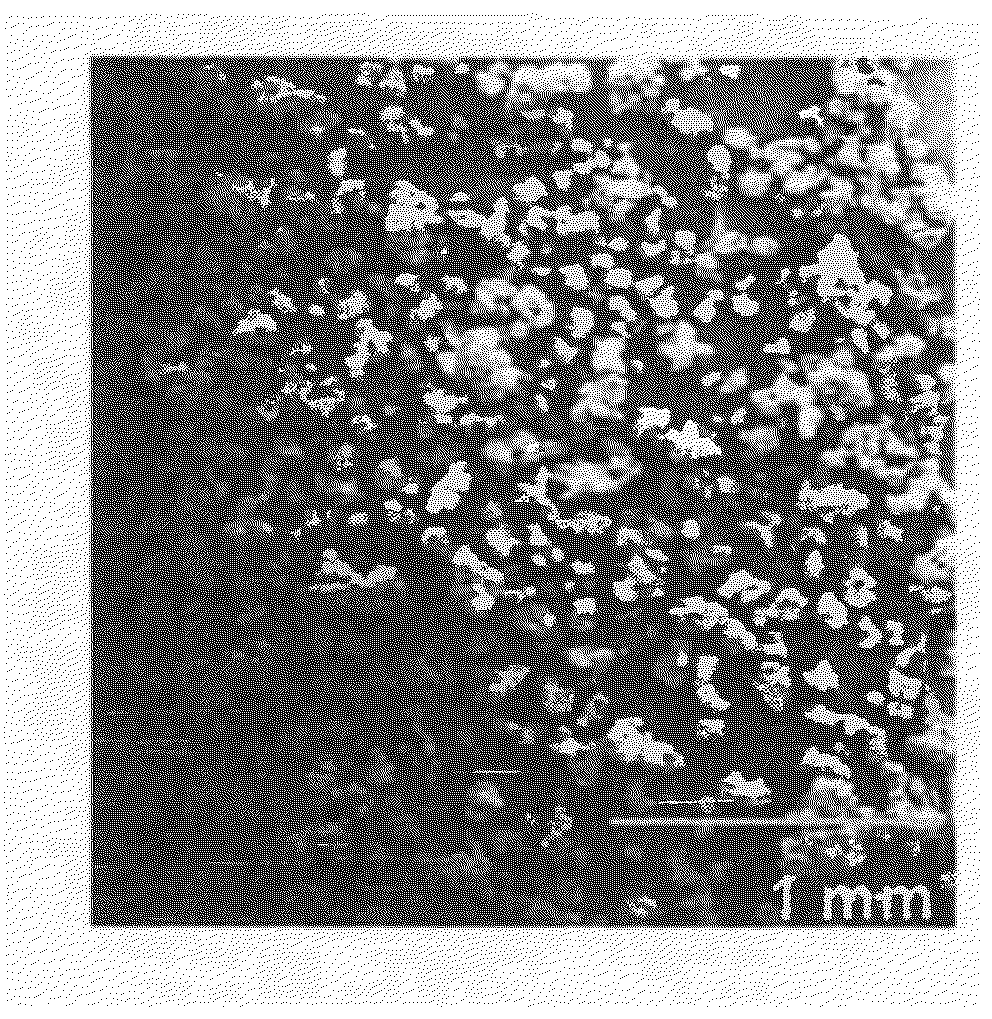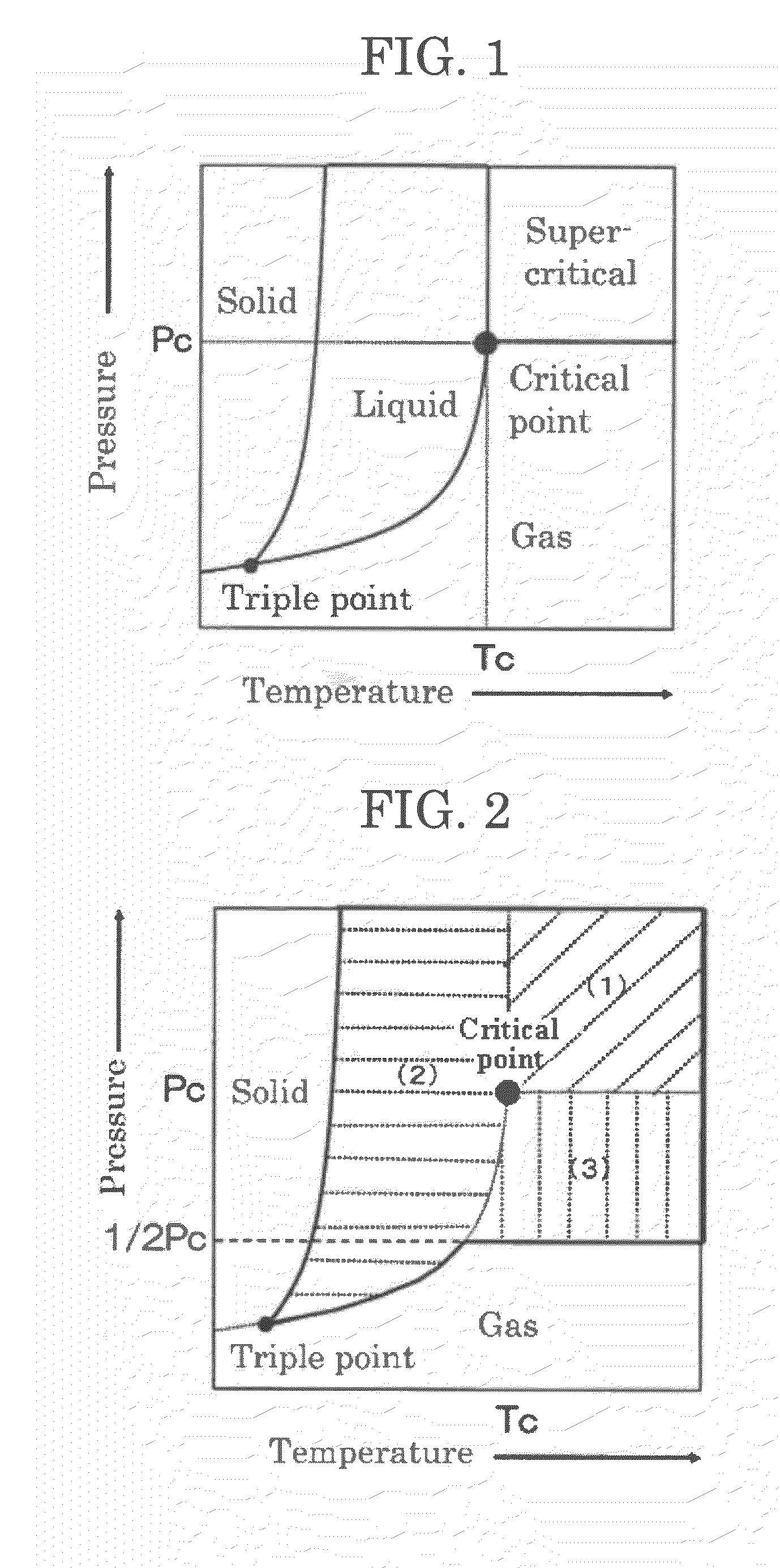Polymer and method for producing the same
a technology applied in the field of polymer and method for producing the same, can solve the problems of accelerating the progress of global warming, large amount of carbon dioxide, and accumulation of plastics without being readily degraded
- Summary
- Abstract
- Description
- Claims
- Application Information
AI Technical Summary
Benefits of technology
Problems solved by technology
Method used
Image
Examples
example 1-1
[0135]A pressure-resistant container was charged with a lactide of an L-lactic acid (90 parts by mass), a lactide of a D-lactic acid (10 parts by mass), lauryl alcohol (serving as an initiator) in an amount of 3.00 mol % relative to 100 mol % of the monomer, and 4-pyrrolidinopyridine (PPY) (3.3 parts by mass) and then heated to 60° C.
[0136]Subsequently, supercritical carbon dioxide (60° C., 10 MPa) was charged thereinto, followed by reaction at 60° C. for 12 hours.
[0137]After completion of reaction, a pressure pump and a back pressure valve were used to adjust the flow rate at the outlet of the back pressure valve to 5.0 L / min. Then, supercritical carbon dioxide was allowed to flow for 30 min, and PPY and the residual monomer (lactide) were removed.
[0138]Thereafter, the reaction system was gradually returned to normal temperature and normal pressure. Three hours after, a polymer (polylactic acid) contained in the container were taken out.
[0139]With the above method, the polymer was ...
examples 1-2 to 1-4
[0140]The procedure of Example 1-1 was repeated, except that the amount of the initiator was changed as shown in the columns of Examples 1-2 to 1-4 in Table 1-1, to thereby obtain polymers.
[0141]With the above method, the obtained polymers were measured for physical properties, which are shown in Table 1-1.
examples 1-5 to 1-7
[0142]The procedure of Example 1-1 was repeated, except that the reaction temperature was changed as shown in the columns of Examples 1-5 to 1-7 in Table 1-1, to thereby obtain polymers.
[0143]With the above method, the obtained polymers were measured for physical properties, which are shown in Table 1-1.
PUM
| Property | Measurement | Unit |
|---|---|---|
| Particle diameter | aaaaa | aaaaa |
| Fraction | aaaaa | aaaaa |
| Fraction | aaaaa | aaaaa |
Abstract
Description
Claims
Application Information
 Login to View More
Login to View More - R&D
- Intellectual Property
- Life Sciences
- Materials
- Tech Scout
- Unparalleled Data Quality
- Higher Quality Content
- 60% Fewer Hallucinations
Browse by: Latest US Patents, China's latest patents, Technical Efficacy Thesaurus, Application Domain, Technology Topic, Popular Technical Reports.
© 2025 PatSnap. All rights reserved.Legal|Privacy policy|Modern Slavery Act Transparency Statement|Sitemap|About US| Contact US: help@patsnap.com



